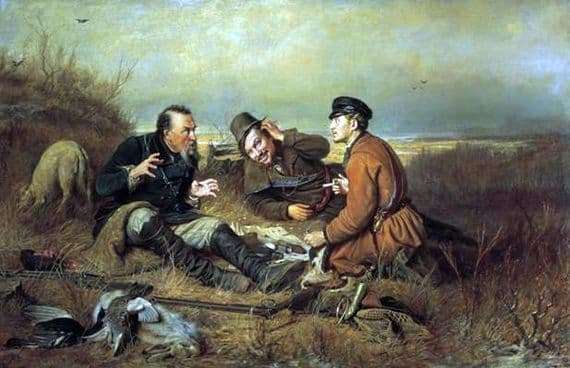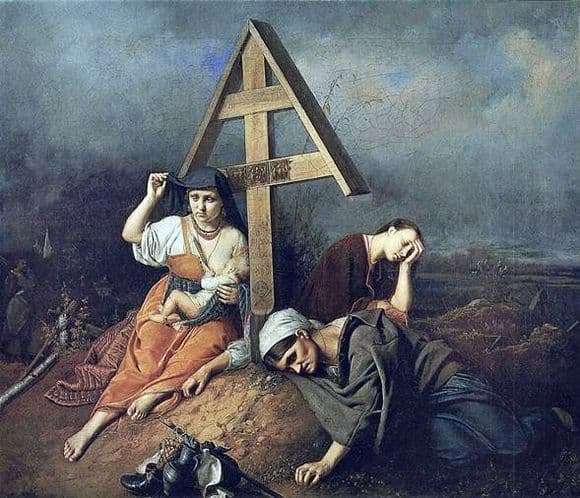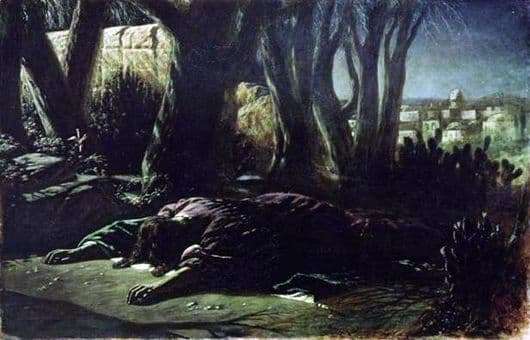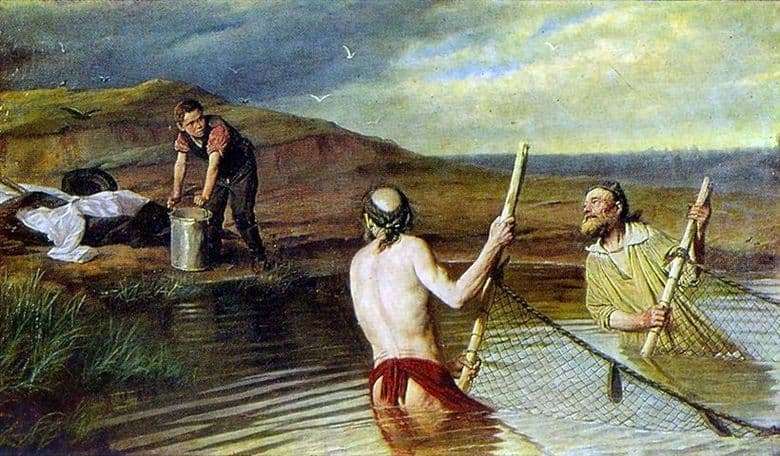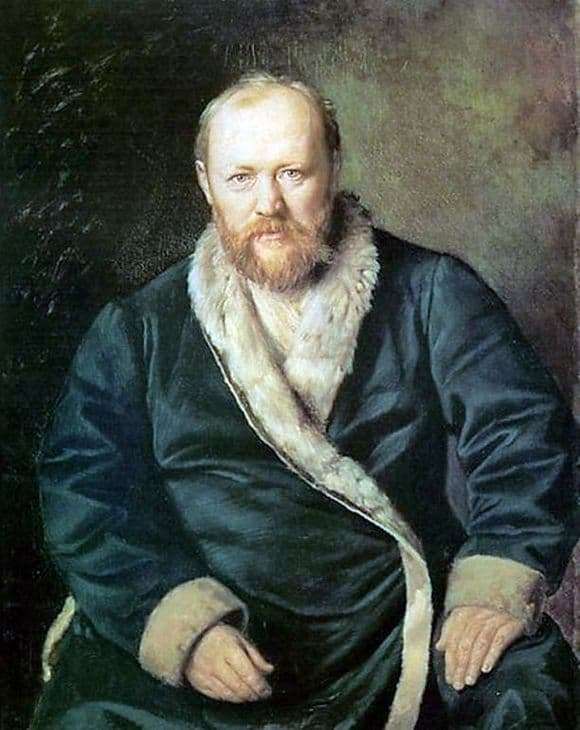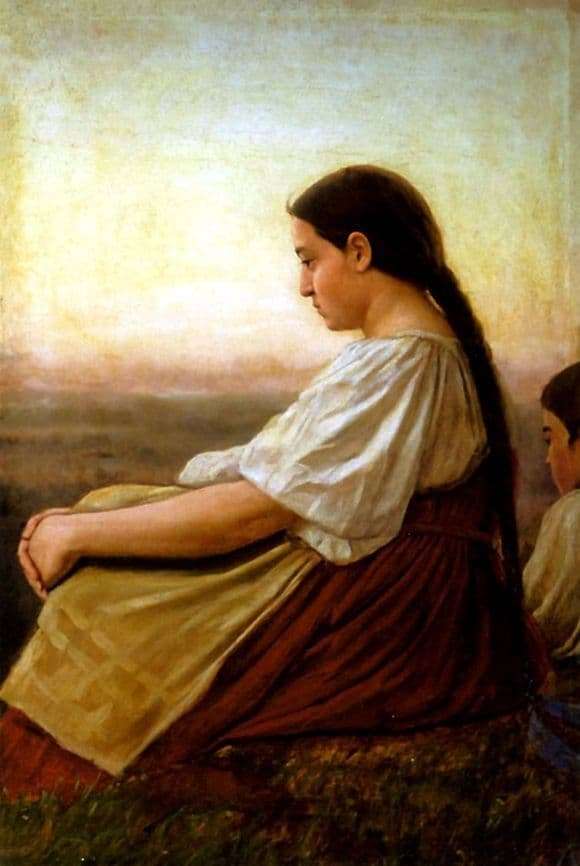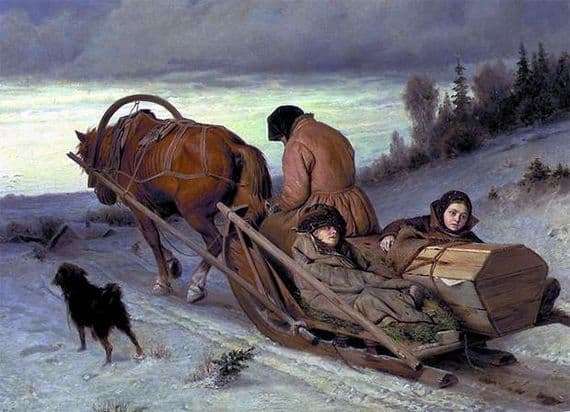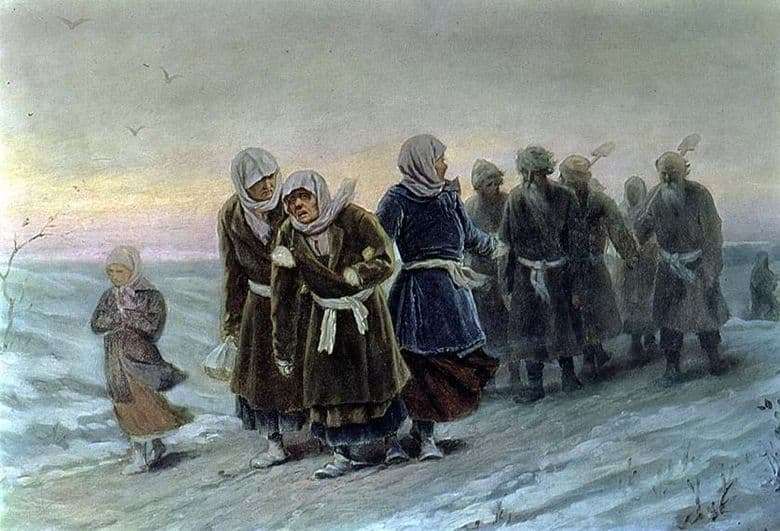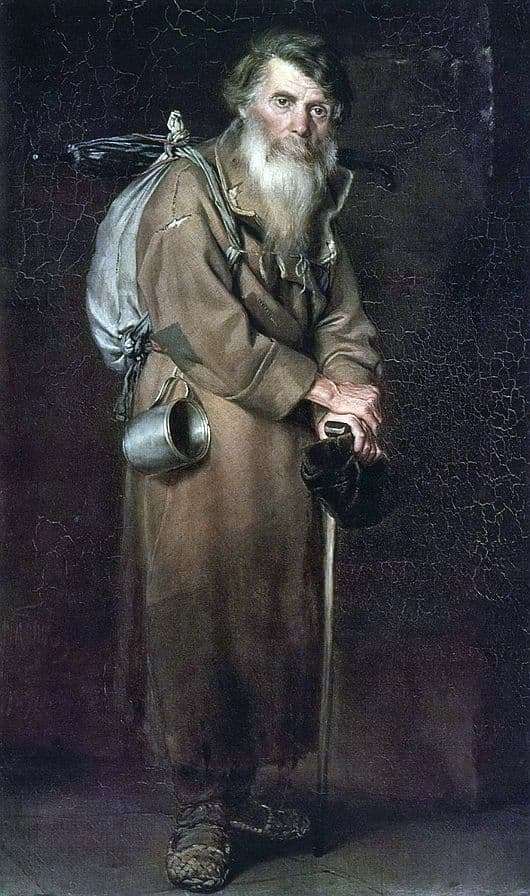Description of the painting by Vasily Perov “Hunters on a halt”
This artist is known to many, especially for the pictures of “hunting” subjects. “Fisherman”, “Birdies”, “Dovecot” – the names speak for themselves. Being a passionate hunter himself, Perov knew firsthand all the […]
